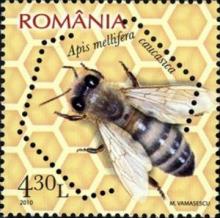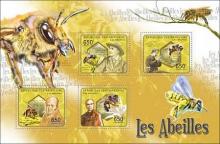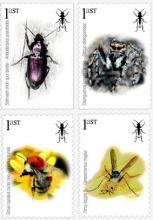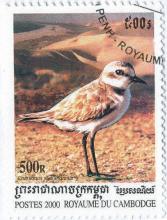Non-target effects of neonicotinoid seed treatments; mortality of coccinellid larvae related to zoophytophagy
Third and fourth instar Harmonia axyridis Pallas larvae feed directly on corn seedlings; therefore they may be at risk if the seedlings are chemically treated. Neonicotinoids are broad-spectrum systemic insecticides that are frequently applied to corn seeds prior to planting to protect seedlings from early-season root and leaf-feeding. In this study, H. axyridis larvae were exposed for 360 min to corn seedlings that had been grown from seeds treated with either thiamethoxam or clothianidin. Neurotoxic symptoms (trembling, paralysis, and loss of coordination) were observed in 72% of the H. axyridis larvae; recovery following neurotoxic symptoms rarely occurred (7%). Starvation of larvae for 48 h prior to seedling exposure may increase tissue consumption; however, there was no difference in the number of starved or satiated larvae that displayed neurotoxic symptoms and died. Neurotoxic symptoms and larval mortality were significantly more likely to occur if larvae were exposed to seedlings grown from seeds treated with neonicotinoids compared to the control. In addition, clothianidin resulted in significantly greater larval mortality (80%) compared to thiamethoxam (53%). Symptoms and mortality were rarely observed if seedlings were not treated with a neonicotinoid seed treatment (3% and 3%, respectively). Coccinellids are abundant in agroecosystems in which neonicotinoid seed treatments are likely to be applied. Therefore, the use of neonicotinoids may have negative effects on these non-target species if early-season leaf-feeding occurs in the field.







